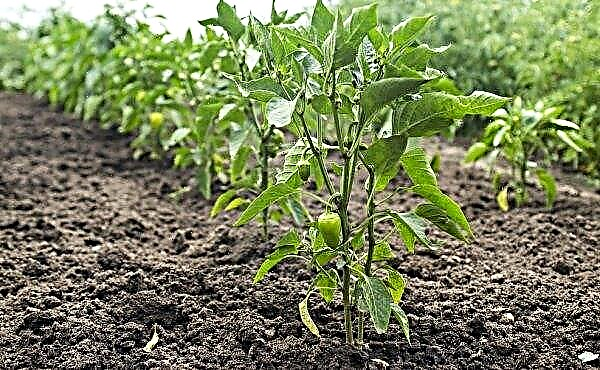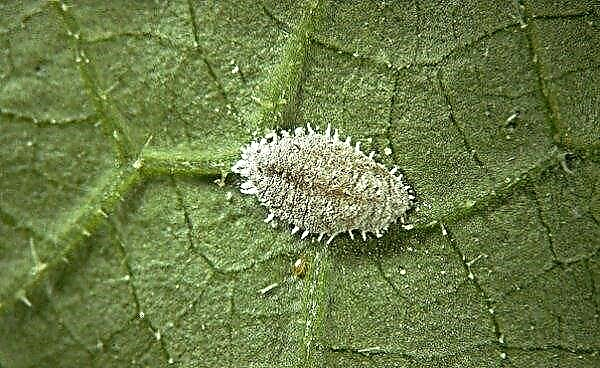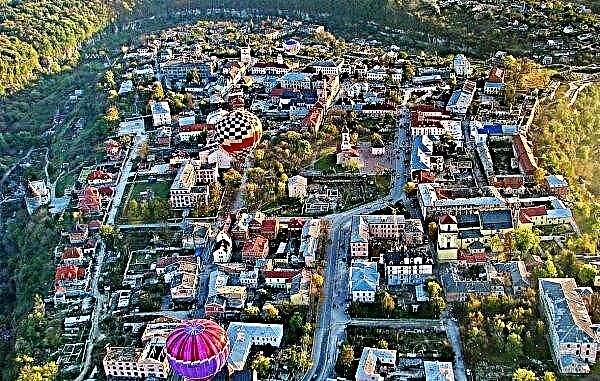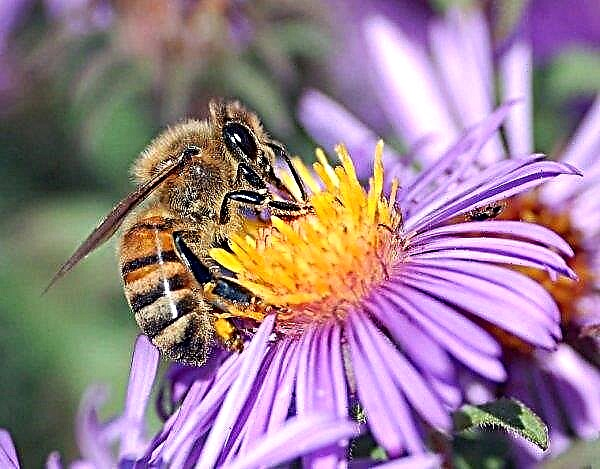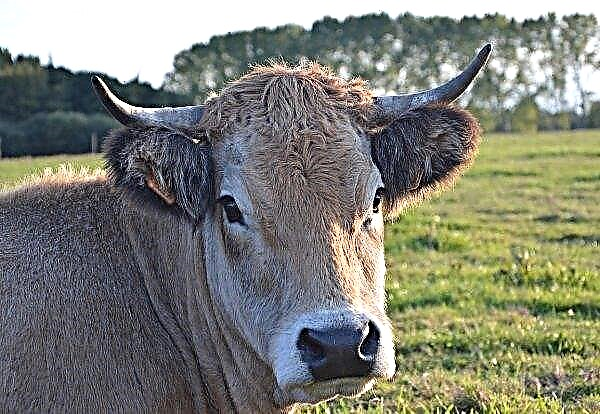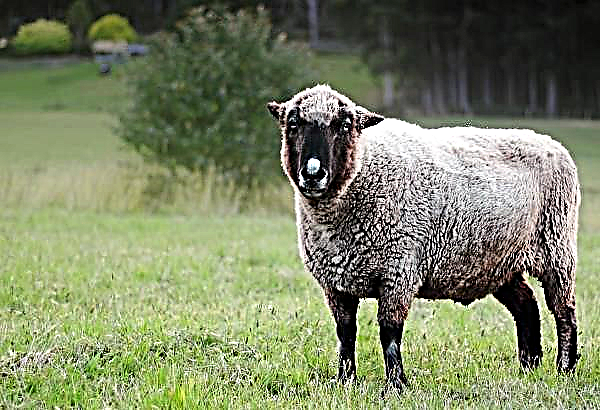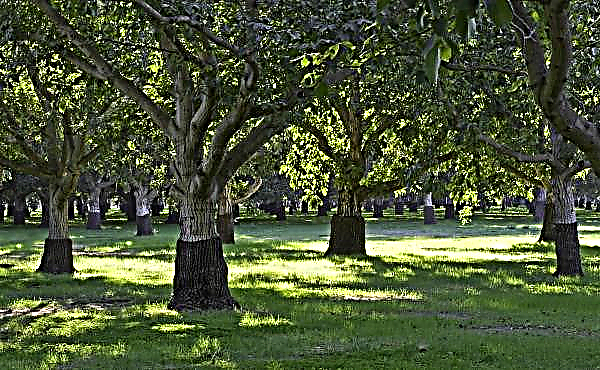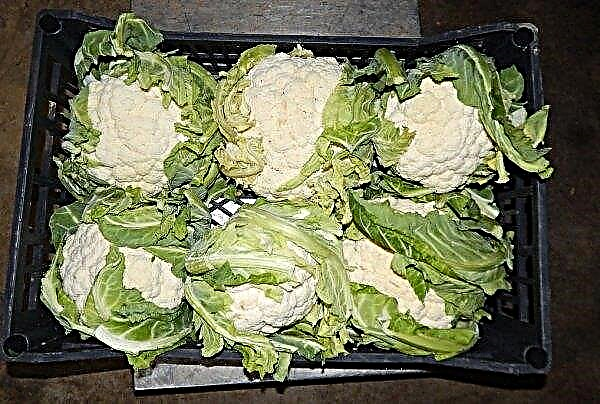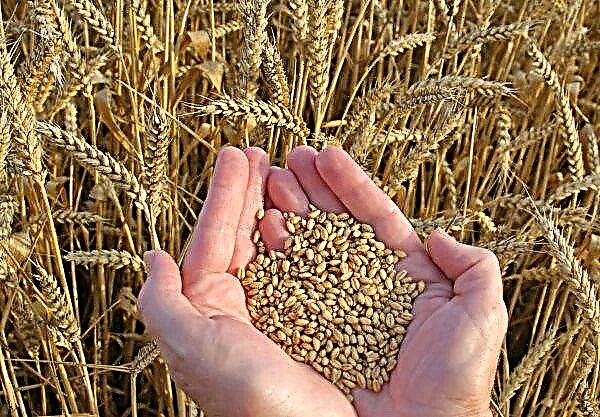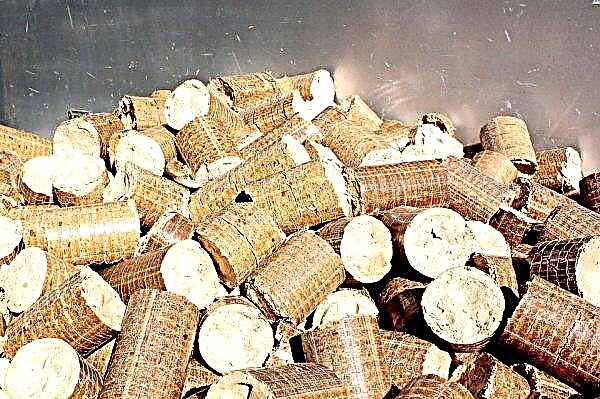Corn prices continue to rise, but what about supplies from China? This is argued by analysts.
World corn production this year hides a number of unknowns. Analysts note that US grain producers are likely to increase the area sown by this crop from 36.3 million hectares last year to 37.9 million hectares this spring.
However, experts are cautious in their forecasts. The reason is that China is the main buyer of corn in the world, and in recent weeks the country fell into a trade blockade because of measures against the spread of coronavirus.

Nevertheless, it should be noted that in recent days, purchases of corn from Ukraine for the Chinese market were in full swing, and supplies seemed to be unhindered. Brazil's latest forecast for corn production in the marketing year 2019/2020 is 101 million tons, which corresponds to the volumes achieved in the season 2018/2019. Since then, they have increased their export estimates in 2018/2019, reaching a record 42.5 million tons, while in the 2019/2020 season, exports are expected to be at 34 million tons. The decline was due to high domestic demand.
The forecast for corn production for the marketing year 2019/2020 is 101 million tons. Along with a return to volumes from the 2018/2019 season, local experts expect the area to increase to 18.1 million hectares (3.4% more than a year earlier). The growth is due to the high demand in the domestic market from poultry and livestock, as well as the growing demand for ethanol production.
 About 25% of the world's corn production is in the USA.
About 25% of the world's corn production is in the USA.
Brazilian corn producers have another incentive to increase arable land. The price of corn continues to rise after a record export in 2019.
- In the United States, the futures for corn almost did not change overnight after yesterday's trading, reaching the highest level in three years.
- US corn prices will drop to $ 3.50 a bushel. However, in the near future it is unlikely that it will cost $ 5.
- The development of American scientists from the University of Michigan allows us to predict the yield by analyzing the RNA of corn sprouts.

